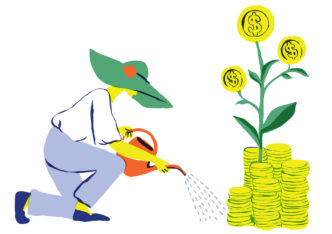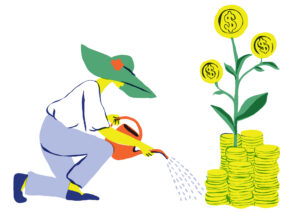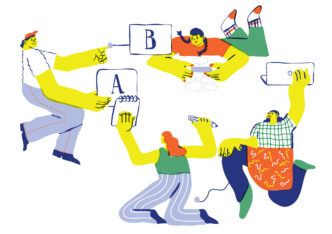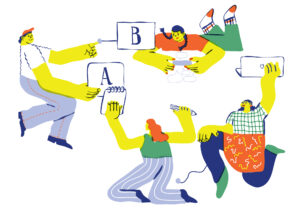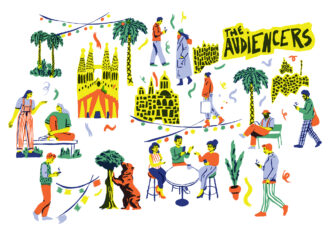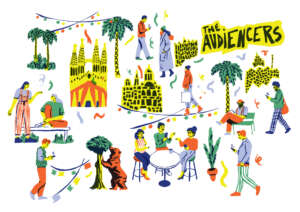

Editorial, product, marketing… Bridge roles, squads, mission teams, forums, stakeholders… Acquisition, conversion, retention… There’s certainly a lot to consider when organizing your teams. And with digital transformation comes to the need to reconsider siloed teams to ensure everyone’s working together, cross-functionally (yes, we’re talking to you editorial!) towards new goals, including acquiring and retaining subscribers rather than simply searching for clicks.
To help benchmark how other publishers are organizing their reader revenue teams, we spoke to 5 publishers on their team structure, KPIs and how this links to their overarching business model.



